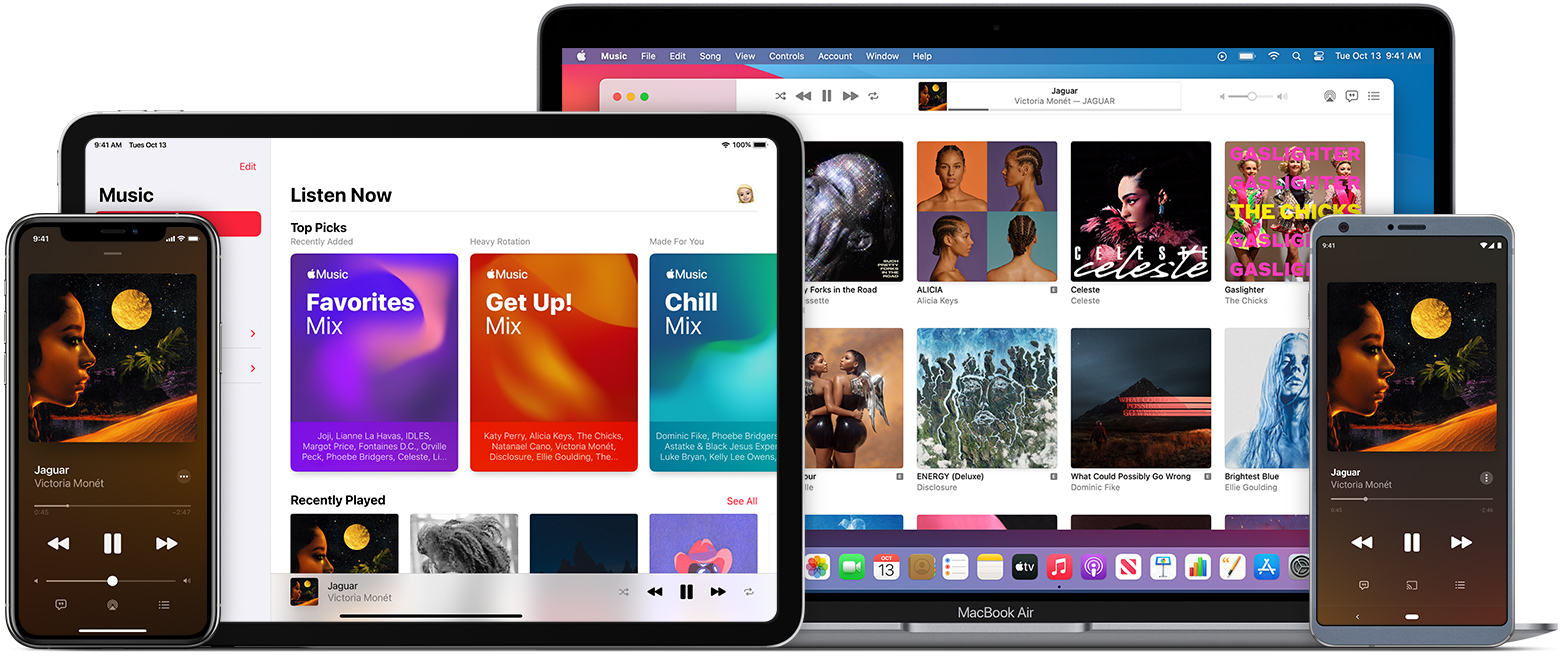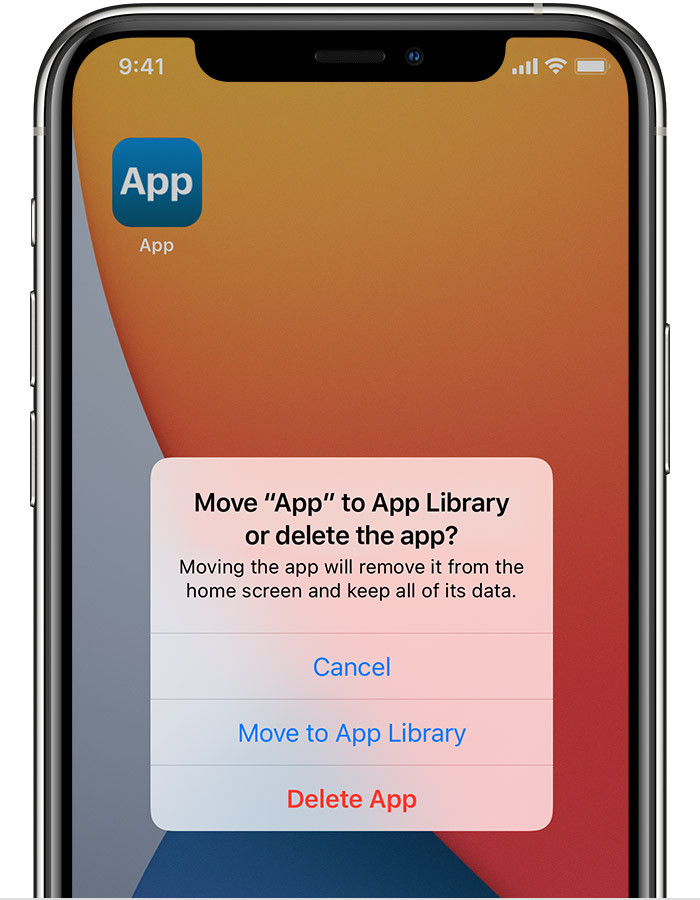Native Mac apps built with Mac Catalyst can share code with your iPad apps, and you can add more features just for Mac. In macOS Big Sur, you can create even more powerful versions of your apps and take advantage of every pixel on the screen by running them at native Mac resolution. Apps built with Mac Catalyst can now be fully controlled using just the keyboard, access more iOS frameworks, and take advantage of the all-new look of macOS Big Sur. There’s never been a better time to turn your iPad app into a powerful Mac app.
Designed for macOS Big Sur.
Hi I have not option to update my Ipad 2 from version IOS 9.3.5 to new version IOS 11.4 when I trying to do on software update in settings there is written IOS 9.3.5 Your software is up to date I have Iphone and there I have IOS 11.4 so what’s going on my iPad is working so slow and kicking me off from open apps. Here’s my “up to date”, comprehensive, but still incomplete, list of Adonit Pixel compatible apps for the iPad/iPad Pro. Most apps listed support pressure sensing and palm rejection. Compatible Adonit Pixel apps for drawing. Adobe Photoshop Sketch. Palm rejection ONLY, No pressure, no sensing/line variations. A lack of good Google Apps apps makes my iPad pro experience worse, and makes me retreat back to my Mac. But in a lot of surprising places, I consider the iPad and Mac at parity.
When an app built with Mac Catalyst runs on macOS Big Sur, it automatically adopts the new design. The new Maps and Messages apps were built with the latest version of Mac Catalyst.
Get a head start on your native Mac app.
/cdn.vox-cdn.com/uploads/chorus_asset/file/16500479/Screen_Shot_2019_06_24_at_10.55.53_AM.png)
Dropbox is a cloud storage service that lets you easily backup vital documents, files. Use iTools to Mirror Screen from iPhone or iPad to PC/Mac. The latest iTools version does support to mirror your iPhone/iPad on Windows PC and you can even record your iPhone/iPad screen on computer with it. This is a quite easy to use tool. It does not require any technical skills.
Your iPad app can be made into an excellent Mac app. Now’s the perfect time to bring your app to life on Mac. The latest version of Xcode 12 is all you need. Begin by selecting the “Mac” checkbox in the project settings of your existing iPad app to create a native Mac app that you can enhance further. Your Mac and iPad apps share the same project and source code, making it easy to make changes in one place.
Optimize your interface for Mac.

Your newly created Mac app runs natively, utilizing the same frameworks, resources, and runtime environment as apps built just for Mac. Fundamental Mac desktop and windowing features are added, and touch controls are adapted to the keyboard and mouse. By default, your app will scale to match the iPad’s resolution. On macOS Big Sur, you can choose “Optimize interface for Mac” to use the Mac idiom, running your app using the native resolution on Mac. This gives you full control of every pixel on the screen and allows your app to adopt more controls specific to Mac, such as pull-down menus and checkboxes.
Even more powerful.
The new APIs and behaviors in macOS Big Sur let you create even more powerful Mac apps. Apps can now be fully controlled using just the keyboard. You can create out-of-window and detachable popovers, control window tabbing using new window APIs, and make it easier for users to select photos in your app by using the updated Photos picker. iOS Photos editing extensions can now be built to run on Mac. And your app is even easier to manage when it’s running in the background with improved app lifecycle APIs.
New and updated frameworks.
Mac Catalyst adds support for new and updated frameworks to extend what your apps can do on Mac. HomeKit support means home automation apps can run alongside the Home app on Mac. The addition of the ClassKit framework lets Mac apps track assignments and share progress with teachers and students. Plus, there are updates to many existing frameworks, including Accounts, Contacts, Core Audio, GameKit, MediaPlayer, PassKit, and StoreKit.
Tools and resources.

Download Xcode 12 and use these resources to build native Mac apps with Mac Catalyst.
New features and enhancements in iPadOS 14 empower you to create amazing experiences for your users. Changes to the user interface help make using your app simple and consistent. The new WidgetKit framework for SwiftUI lets you build widgets more easily than ever before. Apple Pencil improves note-taking with greater versatility, while Scribble transcribes handwriting in any text field. ARKit 4 offers even more ways for you to bring greater realism to augmented reality experiences. And with new Shortcuts APIs and event suggestion capabilities for Siri, you can surface more content to users.
UI enhancements
User interface enhancements on iPadOS make your apps even easier to use and ensure a consistent experience for your users.
Sidebars. Sidebars streamline navigation and enable new kinds of drag-and-drop interactions.
Menus. A new pull-down menu allows users to conveniently access different functions, change settings, and see certain actions they’ve taken.
Download Mac Apps On Ipad

Date and time pickers. Redesigned pickers make it quick and easy for users to choose dates and times.
Color picker. The new color picker lets users sample colors from photos and other content, select from a preset color palette, and save colors for use across apps.
Apple Pencil
New selection gestures allow users to select their handwriting effortlessly and paste it as typed text into another document, and Scribble enables handwriting-to-text conversion in any text field. These new features are automatically enabled for apps that adopt PencilKit with no extra work, while UIKit API allows you to enable and customize the in-place transcription experience for your apps.
Widgets
Easily build widgets using the new WidgetKit framework for SwiftUI. Widgets now come in multiple sizes, and users can visit the new widget gallery to search, preview sizes, and place them anywhere on the Home screen to access important details at a glance.
Augmented Reality
ARKit 4 introduces a brand-new Depth API, giving you access to even more precise depth information captured by the LiDAR Scanner. Location Anchoring leverages the higher resolution data in Apple Maps to place AR experiences anywhere in the world in your iPad apps.

Siri
Siri makes content even more readily available with a new compact UI. The Shortcuts API now includes visual lists so you can display more details when providing information. For example, when a users adds groceries to a cart, Siri can show a picture, price, and description for each item. And event suggestions can now extract and surface content from emails and websites.
User privacy
On iPadOS 14, apps will be required to ask users for permission to track them across apps and websites owned by other companies. Later this year, the App Store will help users understand apps’ privacy practices, and you’ll need to enter your privacy practice details into App Store Connect for display on your product page.
Tools and resources.
Can I Use Ipad Apps On My Macbook
Use Xcode 12 and these resources to build your apps for iPadOS 14.